|
by Allison McNamara So you’ve found the perfect shampoo and conditioner, and have a slew of hair masks and leave-in conditioners to help hydrate your pretty precious stands. You think you have the whole showering thing down pat–but did you know the most important thing comes after your bathe?
Turns out, how you let your hair dry majorly affects the health of your hair. Chances are, you reach for a terry cloth or cotton bath towel and wrap your hair up in a turban. Or perhaps you’ve heard wrapping your hair in a turban is no good, so you press and pat the water out of your strands with your towel instead? While the latter is the better of the two evils, the real root of the problem lies with your towel of choice. But to fully understand why a terrycloth towel is bad for your mane, you need to understand what water does to your strands. Water, especially warm water, causes the hair cuticle to swell and open up, leaving your strands prone to frizz and damage. Besides cutting your shower short, the quicker you remove excess water from your hair the better. Enter: microfiber towels, a surefire way to absorb water faster, be more gentle on your hair, and ensure a frizz free air dry. A microfiber towel takes the moisture out of your mane way faster than a regular terrycloth towel. Additionally, the course, dry texture of cotton or terry cloth towels can damage your delicate, wet hair and can worsen split ends. But there’s more to it than just swapping out your towel–the drying technique also comes into play. While it might seem second nature to wring or rub, gently press the water out of your hair with a super absorbing microfiber fabric towel. Then, wrap your hair up in the microfiber towel for 10 – 15 minutes to get the rest of the water out of your mane. This process causes the least amount of friction and allows the hair to dry quickly without damaging the shaft or the cuticle. So now you know – ditch your cotton or terry cloth towels for microfiber towels and dry your way to healthier, stronger hair. This article first appeared on Mane Addicts Everyone does things to make themselves feel better about their appearance, but guys, using a hat to hide your bald spot is a bad idea. You’re not fooling anyone.
“Hatfishing,” as Jason Chen at The Cut explains, is similar to “catfishing,” except it’s when a guy always wears a hat in all of his online dating photos to hide the fact that he’s balding. It could be a guy wearing a baseball cap and a suit, a guy wearing a beanie inside during a hot summer, or a guy who wears the same flat cap every day and claims to be “bringing caps back.” Then, when these men go out on dates, the shiny truth is revealed. Or worse, the ridiculous ruse is laughably continued in hopes their date will never ask them to remove their hat for the rest of their lives. Now, it’s understandable why guys do this. Dating profile photos do matter—a lot. It’s the first thing people see. People will read your profile or whatever, but they’re mainly looking for someone they’re attracted to at first glance, which is understandable. So, balding guys feel they can increase their odds by hiding that unfortunate fact about themselves. If you can just land that first date you can win them over with your personality and other attractive qualities, right? I mean, it’s not really a lie so much as it’s hiding the truth, right? Right?!? But the problem with this approach isn’t the lie of omission—lots of people lie about stupid things on dating sites—it’s the way it comes across. It makes you seem overly self-conscious, insecure, and timid, which isn’t a good look on anybody. People respond to confidence, so you’re better off owning what you’ve got. Your scalp situation may not be ideal in your mind, but you can still look good when you lose your hair. In fact, some people look better without it once they embrace their baldness. People can usually tell if you’re “hatfishing” anyway. As Chen puts it, “Anyone who’s keeping his hat on in a setting that can’t be remotely categorized as ‘active’ should be considered suspect.” If you’re always wearing a hat, people are going to start wondering what you’ve got underneath it. And the longer you wait to reveal it, the more the other party will feel like you were trying to deceive them. After all, if your dates go well, the hat will have to come off eventually. What then? This article first appeared on lifehacker “Clarifying shampoos are really important for curly-haired clients, who use a lot of products to keep their curls under control.”
—Diane Stevens, Nioxin Top Artist “A great clarifying shampoo should give your client’s hair that ‘squeaky clean’ feeling, but that shouldn’t come at the expense of the hair’s health.” —Kevin Hughes, Moroccanoil, Artistic Director MALIBU C Un-Do-Goo Shampoo delivers a deep hair detox—drawing out resins, grease and grime—but also defends against dehydration with a super gentle formula. TRUSS Miracle Clarifying Shampoo refreshes the hair, removing unwanted residue. Nano Repair elements increase shine, bonding hair fibers from the inside, while a vegetable complex restores the scalp. PAUL MITCHELL Shampoo Two not only deeply cleans oily hair and scalps, but it also minimizes oil production, making hair less oily over time. UNITE Weekender Clarifying Shampoo is formulated with a refreshing blend of citrus and mandarin orange. The nonstripping, sulfate-free formulation recharges the hair after environmental stress and product use. REDKEN Clean Maniac Micellar Shampoo utilizes micellar technology to gently attract and remove excess sebum and product buildup. Tiny moieties encase oil and dirt particles into a micelle that’s rinsed off, leaving hair soft, fresh and clean. NIOXIN Clarifying Cleanser completely removes build-up caused by styling products and environmental factors. The formula quickly defuses mineral deposits from hard water and chlorine, but is gentle enough for daily use. MOROCCANOIL Clarifying Shampoo nourishes the hair with argan and avocado oils, while gently cleansing away impurities, restoring the hair’s healthy balance. ALFAPARF MILANO Lisse Design Keratin Therapy Deep Cleansing Shampoo cleanses thoroughly and helps open the cuticles, preparing the hair for a smoothing treatment. Bonus: added collagen and babassu oil leave the hair smooth and shiny. BIOLAGE Clean Reset Normalizing Shampoo was inspired by the lemongrass plant, which always has a fresh scent and stays clean. This shampoo eliminates chlorine, buildup and impurities without removing healthy natural oils. This article first appeared on American Salon When it comes to using essential oils for hair, there are plenty of beneficial choices. Whether you are looking to thicken your hair, treat dandruff and dry scalp, give your hair strength and shine, or lighten your hair naturally, essential oils are much safer and just as effective as conventional hair care products. They are also more cost effective — one bottle of your favorite essential oil can not only nourish your hair, but it can help to reduce stress, alleviate pain and fight skin infections as well. Plus, essential oils are all-natural, which means they are free of dangerous chemicals and better for the environment and your home, too. The 7 Best Essential Oils for Hair1. Lavender Studies have shown that lavender oil possesses hair growth-promoting effects. In a 2016 animal study, topical application of lavender oil proved to significantly increase the number of hair follicles in female mice. Lavender oil was also able to deepen the depth of hair follicles and thicken the thermal layer. (1) Lavender oil has antimicrobial properties, and it can be used to combat bacterial and fungal disorders. Some other lavender oil benefits are its ability to soothe the scalp and heal dry skin and hair. Plus, because emotional stress is a factor that can contribute to thinning hair, lavender oil can be used to create a tranquil and stress-free environment. 2. Rosemary Rosemary oil is one of the top essential oils for hair thickness and growth. It is used to increase cellular metabolism, which stimulates hair growth and promotes healing. Research even shows that rosemary oil appears to work as well as minoxidil, a conventional topical hair loss treatment. (2) When it comes to boosting your hair health, the benefits of rosemary oil also include preventing baldness, slowing the graying process and treating dandruff and dry scalp. To use rosemary oil for your hair, take 3–5 drops and mix it with equal parts olive oil, and then massage the mixture into your scalp for about two minutes. Leave it in your hair for 3 to 4 hours, and then wash your hair as usual. 3. Chamomile Chamomile oil is a great essential oil for hair because it adds shine and softness to your hair while soothing your scalp. Did you know that chamomile essential oil can be used to lighten your hair naturally? Combine 5 drops of chamomile essential oil with a tablespoon of sea salt and one-third cup of baking soda. Use warm water to create a paste and apply the mixture to your hair. Massage it into your scalp and at the base of your hair, then allow it to sit for about half an hour before rinsing it out. If you want a bolder affect, keep the paste on as you sit in the sun. Research suggests that 50 percent of women dye their hair regularly and feel more attractive right after having their hair dyed, but conventional hair products that are used to lighten hair contain dangerous chemicals that can cause numerous health risks. Choosing a natural alternative will ensure that you aren’t being exposed to unhealthy hair dyeing products like formaldehyde and bleach (hydroxide peroxide). (3) 4. Cedarwood Cedarwood is used to help stimulate the hair follicles by increasing circulation to the scalp. It can promote hair growth and slow hair loss; it can also treat thinning hair and various types of alopecia. A study conducted in Scotland involved 86 patients who were randomized into two groups — one group massaged a combination of cedarwood, thyme, rosemary and lavender oils in a mixture of jojoba and grapeseed carrier oils into their scalps daily. The control group used only carrier oils daily. After 7 months, 44 percent of patients in the essential oil group showed improvement of alopecia symptoms, while only 15 percent of the control group showed improvements. (4) Cedarwood essential oil can also help to reduce skin irritations and repel bugs, which can be beneficial on summer nights when you’re spending time outdoors. Cedarwood can be applied topically to the scalp and hair. It mixes well with gentle oils like lavender and carrier oils like coconut oil. You can also add 2–3 drops of cedarwood oil to your homemade conditioner. 5. Clary Sage An important ester in clary sage oil called linalyl acetate reduces skin inflammation and regulates the production of oil on the skin. Clary sage also works as a natural remedy for rashes, and it works as an antibacterial agent. But maybe most importantly, clary sage can be used to help you relieve stress and balance hormones. Three types of hair loss can be associated with high stress levels: telogen effluvium, trichotillomania (hair pulling) and alopecia areata. Because clary sage can be used to help relieve stress and reduce cortisol levels in the body, it works as a natural remedy for stress-induced hair loss. (5) Clary sage works well with jojoba oil; the two can help to regulate oil production on the skin, helping you to avoid scaly or flaky patches that lead to dandruff. To ease stress, which is associated with hair loss, you can diffuse clary sage oil at home or apply a few drops to your wrists, temples and bottoms of your feet. 6. Lemongrass Oil Lemongrass essential oil has healing properties, and it works as an effective cleanser and deodorizer. It can strengthen your hair follicles and soothe an itchy and irritated scalp. In fact, a 2015 study found that the application of lemongrass oil reduced dandruff significantly after seven days and increased the effect even more after 14 days of topical application. (6) Some bonus benefits of lemongrass oil include its ability to work as a natural bug repellant, relieve stress (which is associated with hair loss) and treat headaches. You can add 10 drops of lemongrass oil to your bottle of shampoo or conditioner, or you can massage 2–3 drops into your scalp along with your conditioner daily. Lemongrass oil can also be diffused at home to reduce stress and detoxify the space. 7. Peppermint Peppermint oil helps to stimulate the scalp, and it can treat dandruff and even lice due to its powerful antiseptic properties. Research shows that peppermint oil promotes hair growth, too. In a 2014 animal study, topical application of peppermint oil for four weeks showed prominent hair growth effects, increasing dermal thickness, follicle number and follicle depth. (7) Peppermint has a pleasant cooling sensation when applied topically, and it helps calming effects help to reduce skin inflammation. In addition to these peppermint oil uses, it also works to energize your mind, boost your mood and relieve tension or headaches. Add 2–3 drops of peppermint to your shampoo or conditioner for a quick wake-me-up during your morning shower. 5 Benefits of Essential Oils for Hair 1. Stimulate Hair Growth It’s common for hair loss sufferers to turn to hair replacement surgery and topical hair loss products in hopes of regaining their full heads of hair, but your first line of defense when combatting hair loss should be to address the root cause, whether that’s by boosting circulation, fighting inflammation or adding moisture. The amazing thing about essential oils is that a few drops can do all of these things for you. You don’t have to use products containing chemicals to stimulate hair growth, essentials oils such as rosemary and cedarwood can be used topically to help you prevent and reverse hair loss. 2. Get Rid of Dandruff Another common concern is how to get rid of dandruff, a skin disorder that affects 50 percent of the world population. Dandruff is caused by the build-up of dead skin and in more severe cases, a yeast-like organism aggravates it. (8) It can also be caused by hair care products that contain chemical ingredients that leave your scalp red, itchy and scaly. The gentle, healing and moisturizing properties of essential oils like lavender and lemongrass will help you to combat dandruff naturally — relieving common hair care issues like flaky and itchy scalp. 3. Nourish Your Hair People tend to spend a lot of money of hair care products that are used to leave your hair looking shinier, smoother and straighter. Unfortunately, many of these products are doing more harm than good. Keratin treatment, for instance, contains toxic ingredients like formaldehyde, which is known to be a human carcinogen. (9) Instead of turning to these conventional methods, using essential oils for hair will make your locks stronger and healthier, without the potential side effects. The hydrating, soothing and anti-inflammatory and antiseptic properties of essential oils work to nourish your hair naturally. 4. Prevent Oily Hair Your sebaceous glands, or oil glands, are responsible for maintaining proper hydration levels through the sebum or the oil that they produce. This is what gives your hair a healthy shine, but when your glands produce too much oil, it can make your hair look greasy, even when you just washed it that morning. Some essential oils, like peppermint, can help you to control sebum production, leaving your hair oil-free and shiny. 5. Reduce Stress and Balance Hormones Research shows that stress is associated with hair loss and so is a hormone imbalance. Stress triggers inflammation and prematurely induces hair follicle regression, leading to hair loss. (10) It may seem too easy, but simply diffusing calming and stress-relieving essential oils like lavender and clary sage at home can help to reverse hair loss naturally. How to Use Essential Oils for Hair & Homemade RecipesAll of these essential oils for hair are easy to find online or at your local health food store. It is very important that you only purchase essential oils that are 100 percent pure grade, especially when you are ingesting the oil or applying it topically. It’s also a good idea to do a patch test with any essential oil that you’re using for the first time. Because essential oils are so potent, they should be diluted with a carrier oil before topical application. Some beneficial carrier oils for hair include: Coconut Oil — Coconut oil contains medium-chain fatty acids, including lauric acid and capric acid, that have strong antiviral, antimicrobial and antifungal properties. These properties help to thoroughly clean your hair and scalp, thereby helping to prevent and treat issues like dandruff. Jojoba Oil — Jojoba oil encourages hair growth and moisturizes the scalp. It works as an emollient, soothing the skin and unclogging hair follicles. Olive Oil — Olive oil is a source of vitamin E and other antioxidants. Some olive oil benefits include its ability to hydrate and soothe the skin, working to get rid of dry scalp and dandruff. You can simply combine your essential oils for hair and a carrier oil of your choice and massage the mixture into your scalp. You can also add essential oils to your everyday shampoo or conditioner. If you are looking to address a more specific issue, here are some DIY recipes that will also help to boost the health of your hair:
Final Thoughts on Essential Oils for Hair
This article appeared on DrAxe.com
Ask for one of these refreshing hairstyles next time you go to the salon. Trick 1: Create Waves “Waves instantly make hair appear fuller, softer and more youthful — and they work on every length,” says Kristjan Hayden, the creative director of Aveda Canada. A flat iron will best serve thicker locks, because it condenses your hair (so no giant ’80s do), while a curling iron gives texture to fine hair without reducing its volume. To get an unfussy, natural wave, twirl the first section away from your face, then alternate directions for each wave after that. And adjust the heat setting for your hair type: high heat for thick strands, low heat for finer ones. Trick 2: Cut a Fringe (Bangs) There’s a reason that just about every woman has at some point flirted with bangs: They accentuate your cheekbones and provide an instant lift to your face. (Plus, you can just dampen and blow-dry them in the morning, leaving day-old texture in the rest of your hair.) “I cut transitional bangs here, so the ends are really soft and textured and gradually blend into face-framing layers,” Hayden says. That means that, unlike blunt bangs, they don’t need to be trimmed every few weeks and can easily transition into a side-sweeping fringe. Trick 3: Keep It Hydrated A vibrant shine that’s not too oily can require a delicate balance. Stay away from shampoos that are overly aggressive (they may be listed as “cleansing” or “detoxifying”), which strip hair of its much-needed oils. Instead, opt for a moisturizing shampoo and conditioner — though if they contain silicone, be mindful of adding styling products with more silicone, since too much of the stuff will create buildup in your hair and leave it dull. “Typically, curly hair is drier than other types, so definitely stay on top of maintaining ends with regular trims,” Hayden says. A little shine oil or leave-in conditioner on the ends will banish frizz and give you a glossy finish. Trick 4: Add Layers Playing with length in your hair is an easy way to make a big change — the key is to choose your cut. Fine hair will benefit from a few soft, face-framing layers that don’t reduce volume, while thick hair can take a more textured approach. “For that style, a razor is used to make vertical cuts, rather than horizontal ones, so you never end up with blunt edges,” Hayden says. To add more oomph to your do, spritz towel-dried hair at the roots with a booster and blow-dry, then throw in a few large rollers. (Even three at the crown make a noticeable difference.) Leave ’em in while you’re getting dressed and your hair is cooling for full, bouncy volume that showcases your layers. Trick 5: Hand-Painted Highlights
Sure, all-over colour has short-term appeal — it’s so easy to apply at home — but hand-painted highlights offer major long-term gain: There’s no blunt line where dye stops and regrowth begins, which means you don’t have to have the colour touched up as often. (In fact, Hayden says, “a bit of regrowth is part of the look.”) Subtle contrasts of colours, like shades of blond or light brown, against your natural hue will create the illusion of a fuller head of hair. |
Hair by BrianMy name is Brian and I help people confidently take on the world. CategoriesAll Advice Announcement Awards Balayage Barbering Beach Waves Beauty News Book Now Brazilian Treatment Clients Cool Facts COVID 19 Health COVID 19 Update Curlies EGift Card Films Follically Challenged Gossip Grooming Hair Care Haircolor Haircut Hair Facts Hair History Hair Loss Hair Styling Hair Tips Hair Tools Health Health And Safety Healthy Hair Highlights Holidays Humor Mens Hair Men's Long Hair Newsletter Ombre Policies Procedures Press Release Previous Blog Privacy Policy Product Knowledge Product Reviews Promotions Read Your Labels Recommendations Reviews Scalp Health Science Services Smoothing Treatments Social Media Summer Hair Tips Textured Hair Thinning Hair Travel Tips Trending Wellness Womens Hair Archives
June 2025
|
|
Hey...
Your Mom Called! Book today! |
Sunday: 11am-5pm
Monday: 11am-6pm Tuesday: 10am - 6pm Wednesday: 10am - 6pm Thursday: By Appointment Friday: By Appointment Saturday: By Appointment |
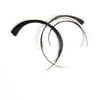




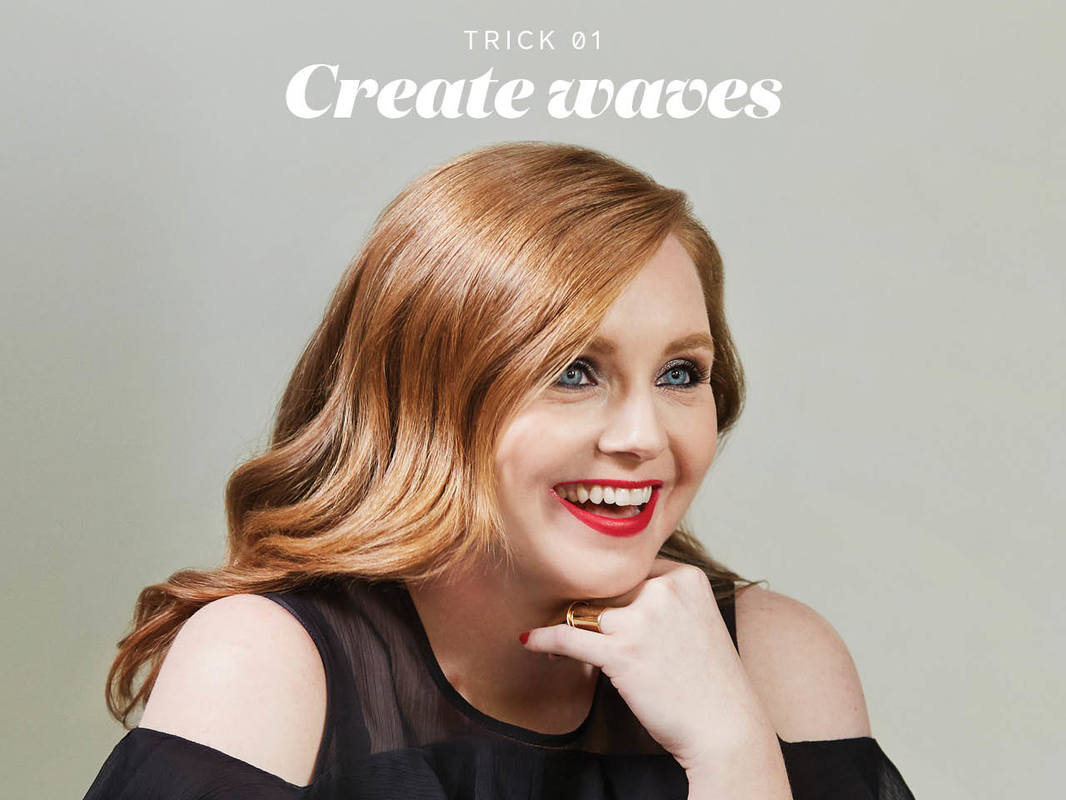

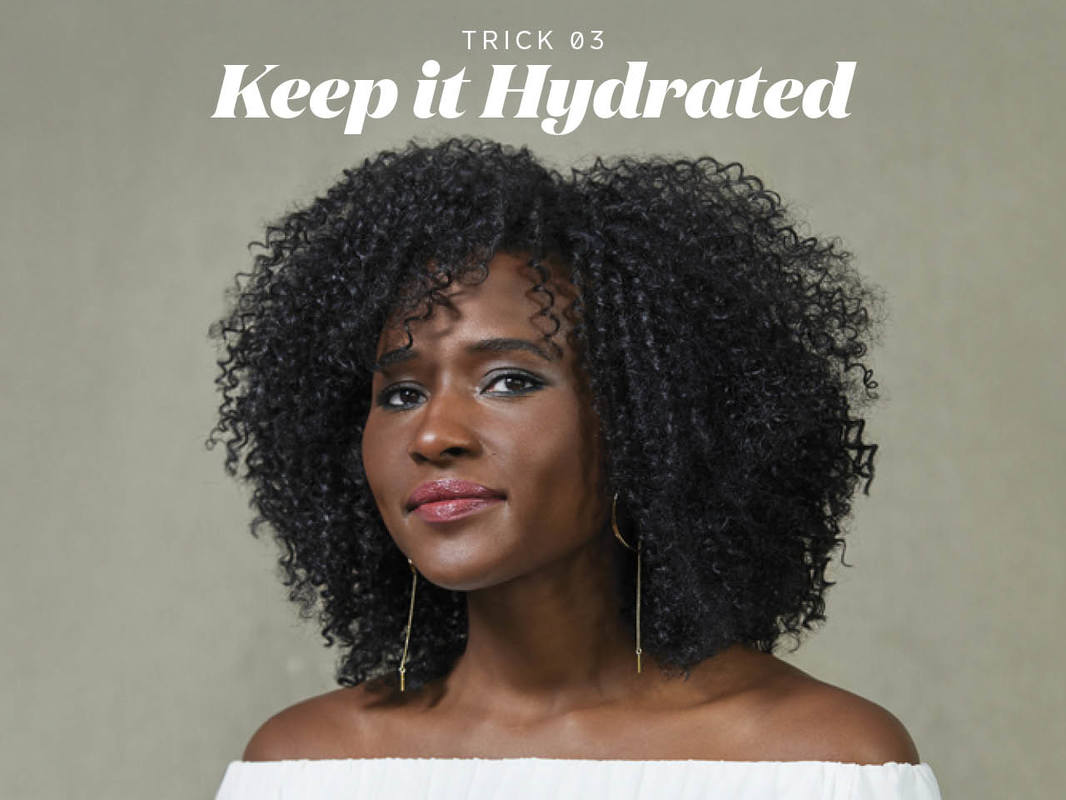
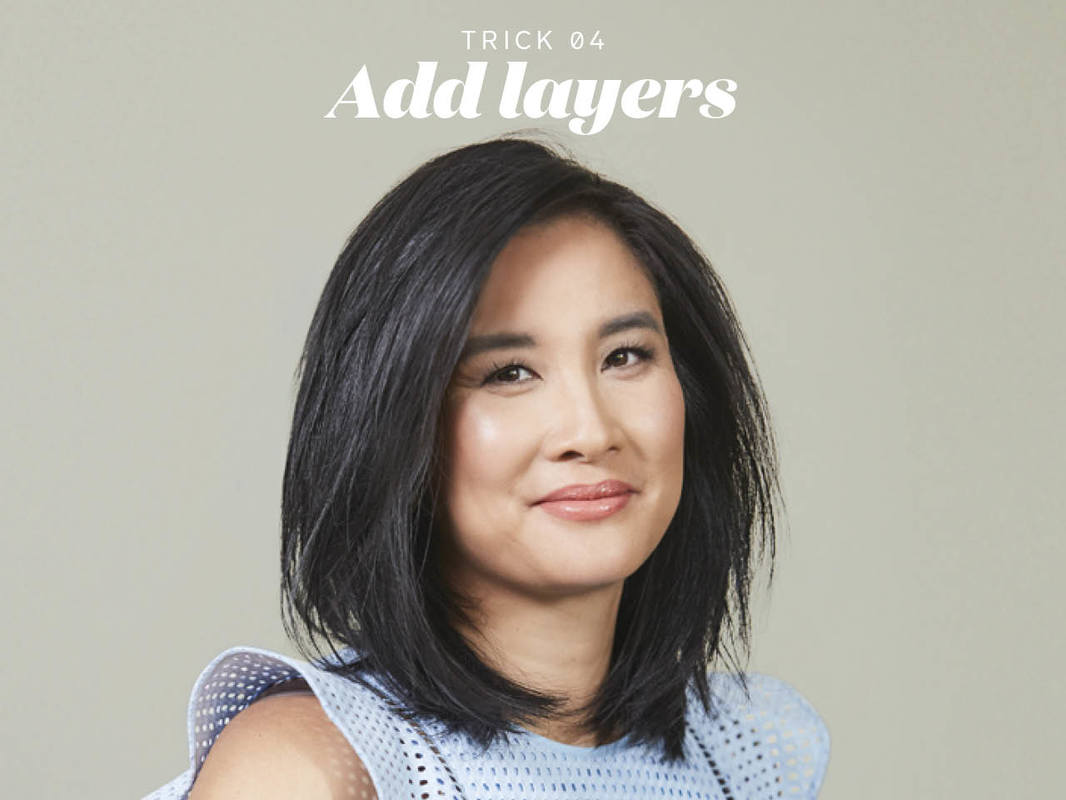
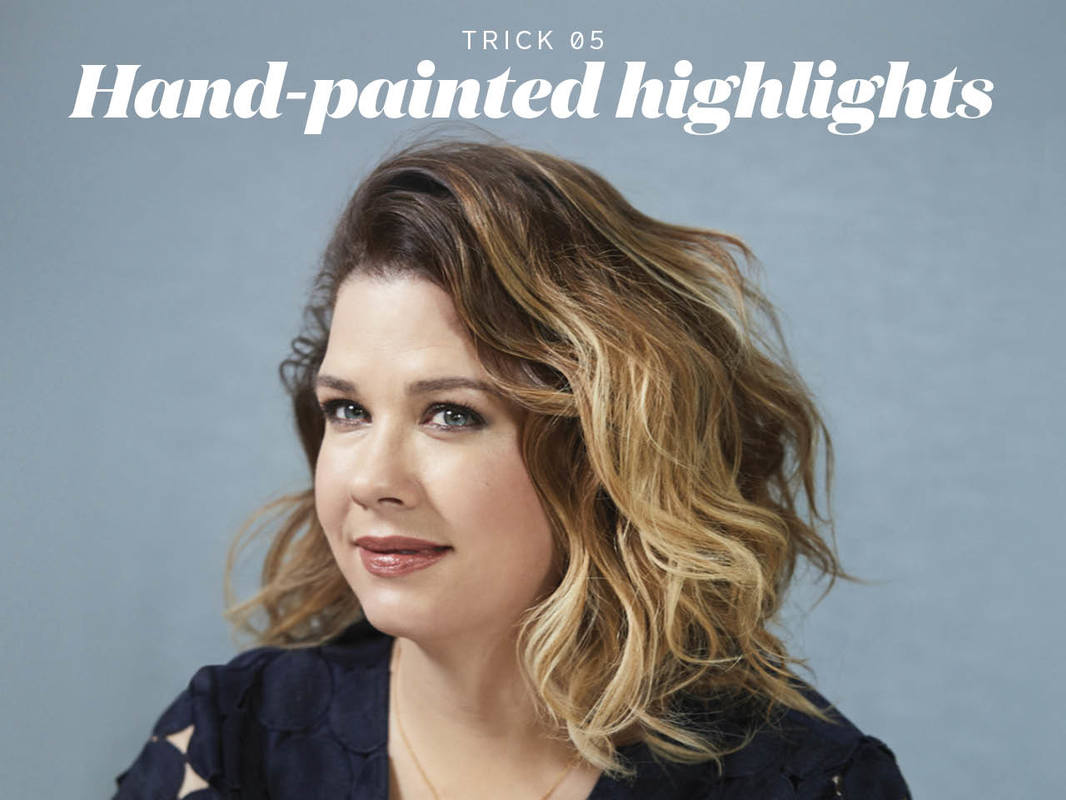
 RSS Feed
RSS Feed